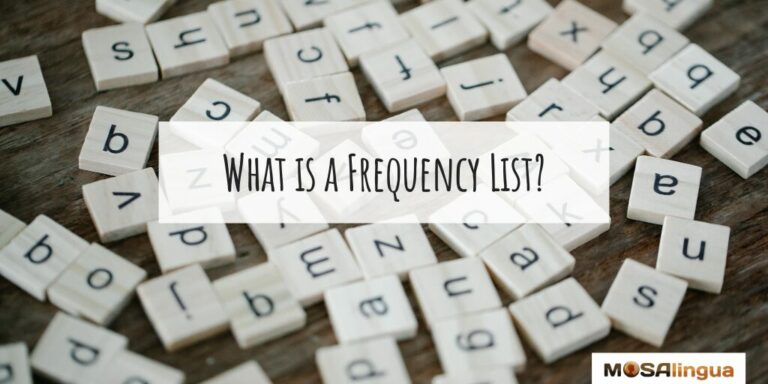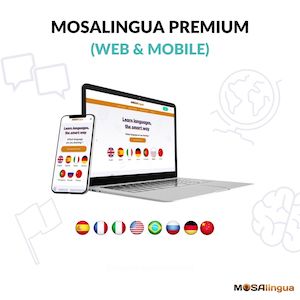To continue my series of articles on optimizing your language learning, I would now like to elaborate on a subject I’ve brought up before. Many polyglots cite the importance of learning vocabulary based on a list of the most common words. Generally speaking, you want to focus your learning time on the vocabulary that you’re most likely to actually use. In this article, I’ll talk about how frequency lists can be a really useful tool for language learners.
For example, if you study the 100 most-used words in a language, you will be able to understand a good percentage of what you read. Of course, you will have to learn more than those 100 words, but it’s a great starting point.
Last actualization 05/04/2024

Why should I use a frequency list?
Frequency lists are different from vocabulary lists in that they reflect the most frequently used words in a language. Vocabulary lists are often thematic or based on skill level. Studying a frequency list, however, can give you insight into how a language is used in real life, and it can also help you prioritize learning words that you’ll definitely use in conversation.
It’s important to note that any frequency list you use is a reflection of the sources used to create it. Some might use texts related to a specific industry, such as technology or finance. These will likely not be useful unless you’re interested in these fields. For language learners, we recommend that you start with a frequency list compiled from TV, films, and literature. These are most likely to be a reflection of natural, everyday language.
How does MosaLingua use frequency lists?
Yes! Here at MosaLingua, we use frequency lists to help us design our apps! These lists help us verify that we’ve included the most important words in our vocabulary and phrase lists (which we sort by theme). It also helps us arrange words according to the frequency of their use, and to find example phrases to teach you the vocabulary in a natural context.
We’re also creating a series of reference articles that highlight the most frequently-used words in several of the languages we offer. You can check them out here:
- English Frequency List (coming soon)
- Spanish Frequency List (coming soon)
- Italian Frequency List (coming soon)
- German Frequency List (coming soon)
Go further
If you’d like to learn more, we recommend that you check out:
- Five Simple Ways to Memorize Vocabulary
- The Best Books to Learn English Grammar, Vocabulary, and More
- How Polyglots Learn Languages: 7 Polyglot Secrets for Everyday Learners
Related posts:
Start learning a new language today

Good news: we can help!
More good news: you can get started for free! Start your free trial now and for the next 15 days, take advantage of the most effective language learning method on the market!
Vocabulary flashcards, videos with subtitles, audiobooks, articles adapted to your level – with MosaLingua Premium (Web & Mobile), you’ll have access to all this and more. Get started right now. It’s free—and risk-free—to try!

![Learning Two Languages at the Same Time [VIDEO]](https://www.mosalingua.com/en/files/2017/10/4-300x169.jpg)


Comments